Saving our last remaining temperate grasslands can help tackle climate change and biodiversity loss in Canada.
In Canada, temperate grasslands — the world’s most endangered ecosystem — stretch from southern Manitoba to the interior of B.C. (southwestern Ontario and Fort Francis also have some remaining tallgrass prairie).
Sadly, almost 75 per cent of these landscapes have been lost due to expanding cities and conversion for agriculture in Canada. Grasslands are rich in wildlife and can absorb and store large amounts of carbon in their roots and soil.
Protecting, managing and restoring these iconic Canadian landscapes is one of the most promising types of natural climate solutions. Canada has some of the largest intact areas of grasslands that could be protected to help keep carbon in the ground and many areas that could be restored to help put more carbon in the ground. This is an opportunity that we can’t afford to pass up, and it is a climate solution that would have huge benefits for wildlife!
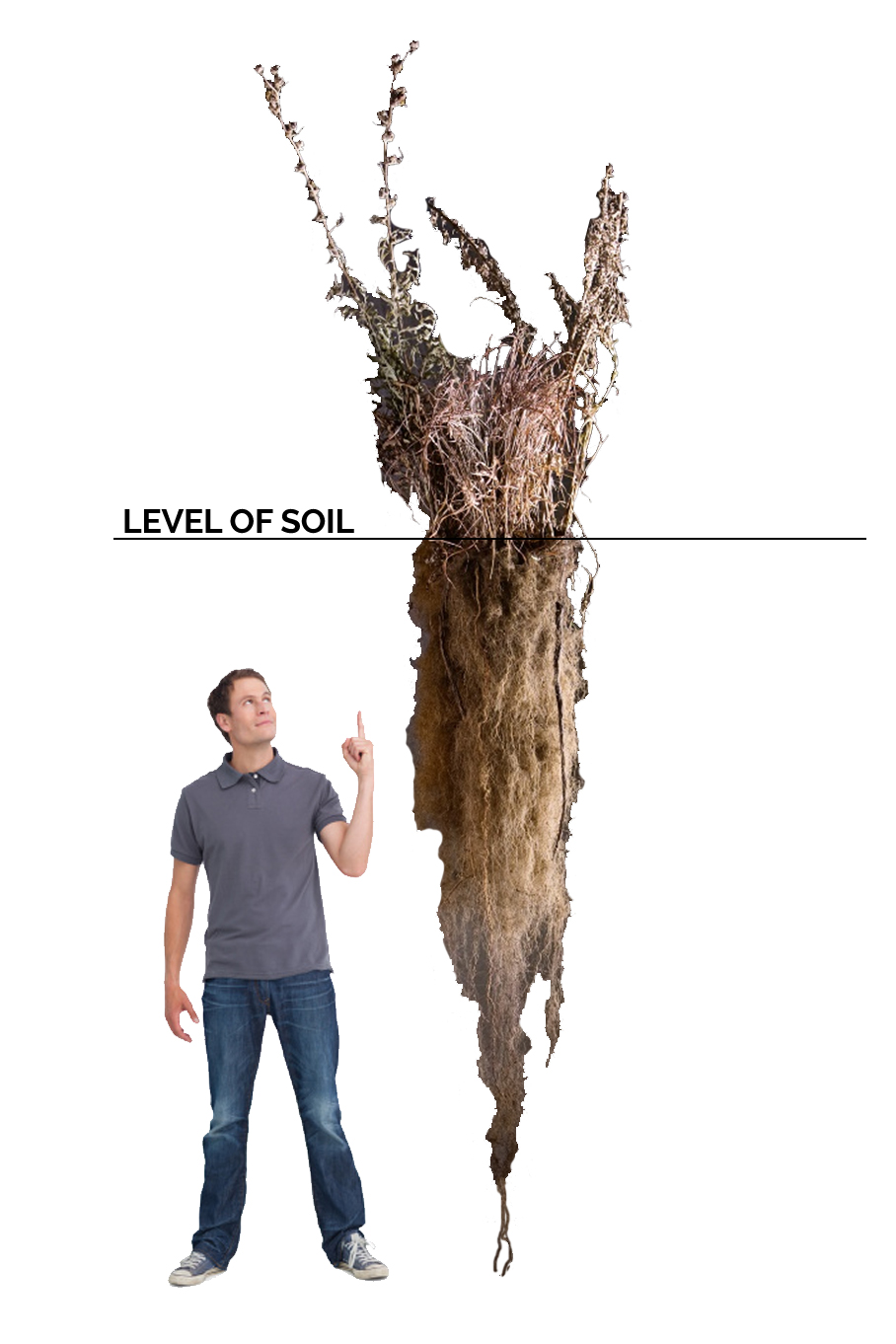
How can we protect grasslands?
Avoiding Loss
Grasslands have deep, rich soils that allow them to be one of the most stable carbon sinks when left undisturbed and properly managed through grazing. When these native grasses are ploughed and converted to crops, stored carbon is released, adding to Canada’s emissions.
On the other hand, restoring these landscapes after they are disturbed requires many years before the soil can store large amounts of carbon again. Preserving the remaining grasslands is the best (and cheapest) way to ensure we protect these landscapes. It also allows for the most carbon to be absorbed, thereby reducing Canada’s emissions.
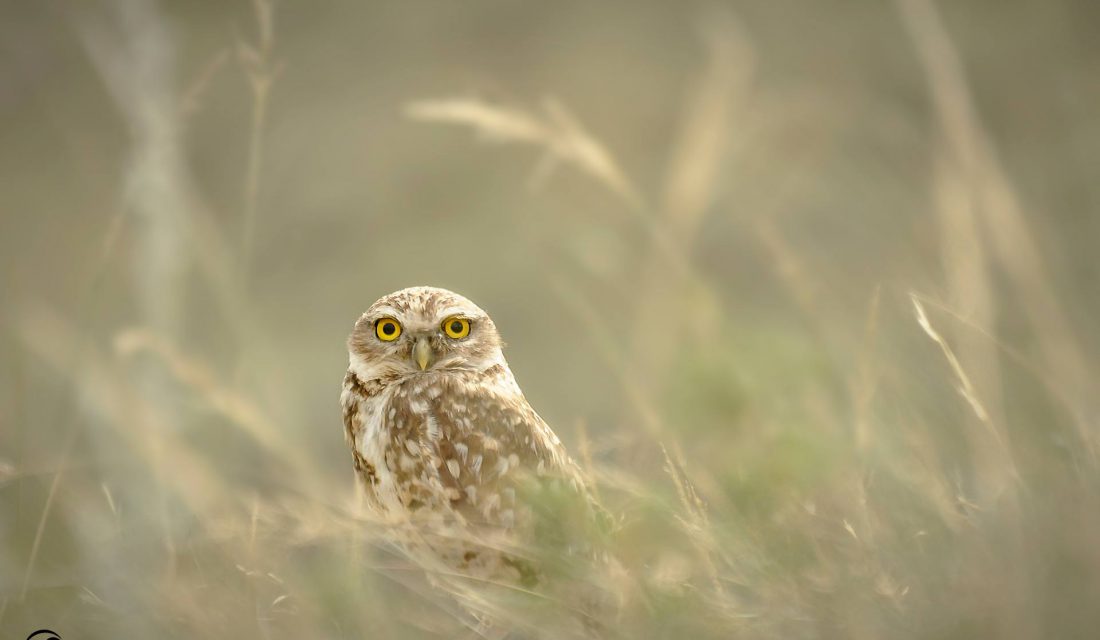
Improved Grazing Practices
Grasslands rely on animals that feed on grasses to help keep them healthy.
Historically, Plains Bison were the primary grazers on the North American prairie for thousands of years. This ended when almost their entire population was wiped out due to over-harvesting by European settlers and colonial policies.
This had devastating consequences for Indigenous people and the ecosystems that had coexisted for thousands of years. Since then, it has been livestock — mainly cattle — that have taken over as grazers.
One of the main reasons why grasslands still exist in Canada is because of their protection by ranchers. Otherwise this land would likely have been converted to crops, such as wheat or canola. However, the relationship between livestock grazing and healthy grasslands success requires a delicate balance. Too much or too little grazing is not ideal for the biodiversity of the landscapes or for carbon storage.
There are many examples of good grazing practices that can be used:
- Alternating where livestock graze helps maximize the amount of carbon stored in the soil. It also keeps the wide diversity of grassland plants healthy.
- Rotational grazing ensures that livestock are moved in a pattern to allow for the grass to recover.
- Mob grazing allows for larger populations of livestock to feed on an area of grass for a much shorter time period (even less than one day), before allowing that area to regrow for longer.
A mixture of these grazing practices provides maximum benefits to diverse wildlife species.
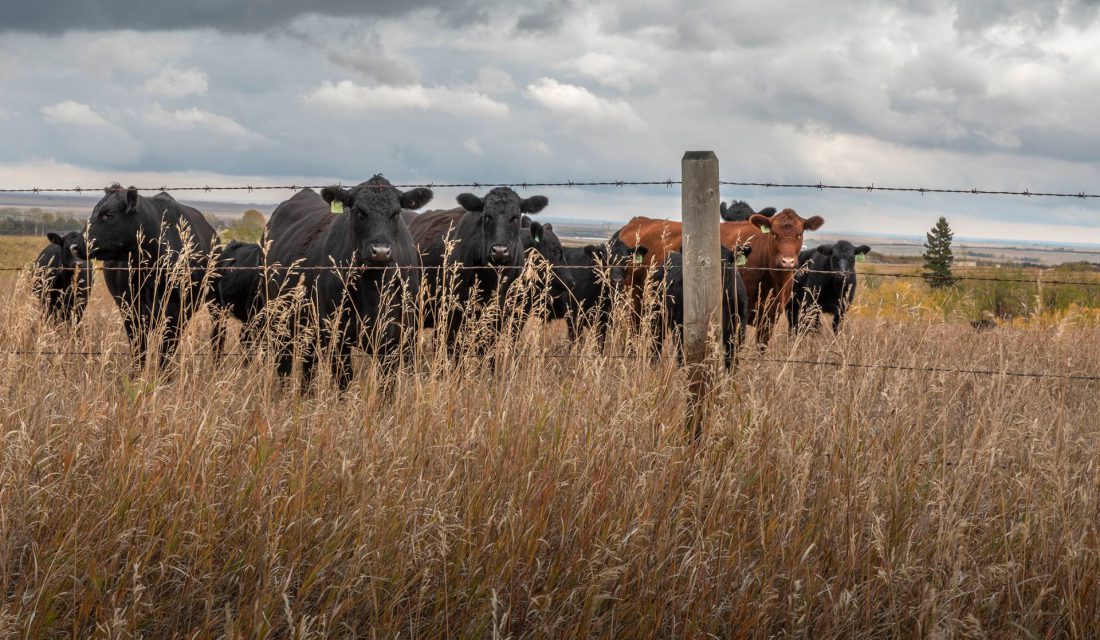
What is CWF doing to protect grasslands and how does it help wildlife?
CWF will continue to advocate for the protection of Canada’s grasslands, to include avoiding further loss of this endangered ecosystem.
Stronger Policies
One way to create stronger policies or incentives to protect grasslands is including them in the “Other Effective Conservation Measures” outlined in Canada’s international biodiversity commitments. This could be both a biodiversity and a climate win.
Bird-Friendly Beef
To further encourage sustainable grazing, CWF is studying the possibility of a Canadian market for bird-friendly beef. This standard would promote habitat grazing practices that maintain and restore healthy grasslands, while promoting conservation of the amazing wildlife in these landscapes.
Learn more about the Canadian Wildlife Federation’s work with Agriculture & Habitat or our Forests & Fields.

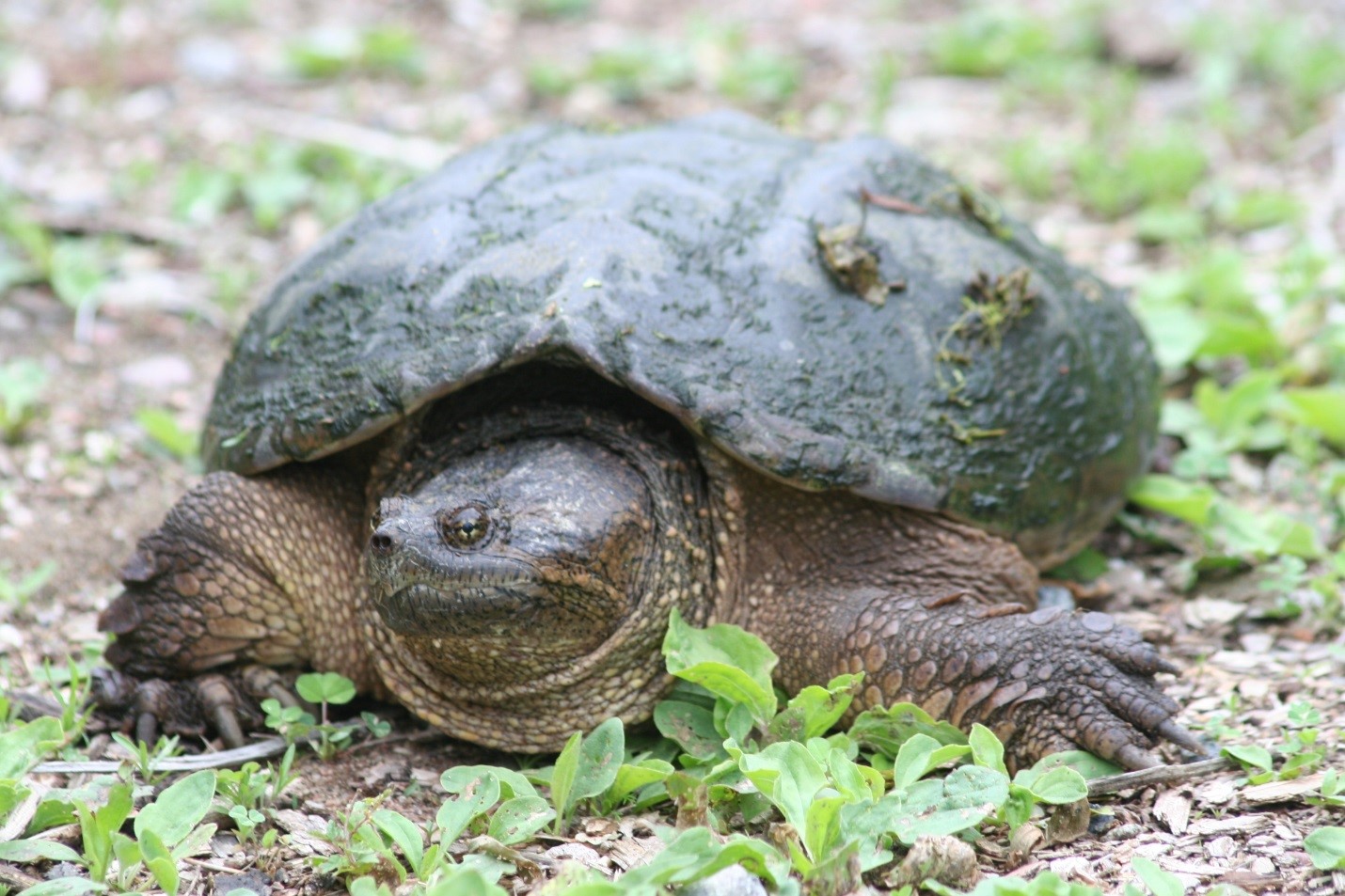
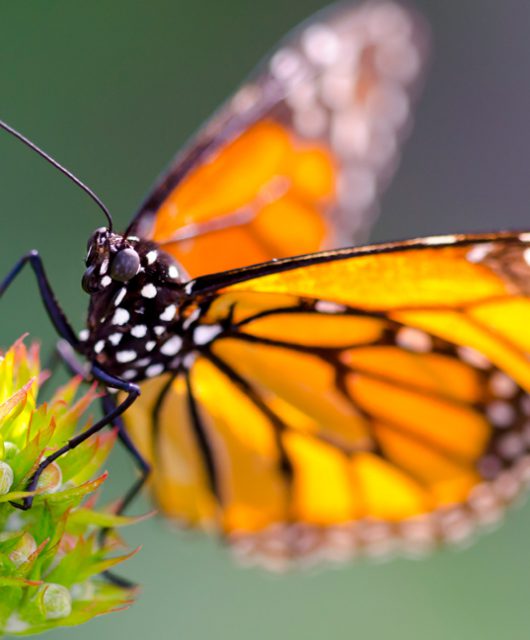
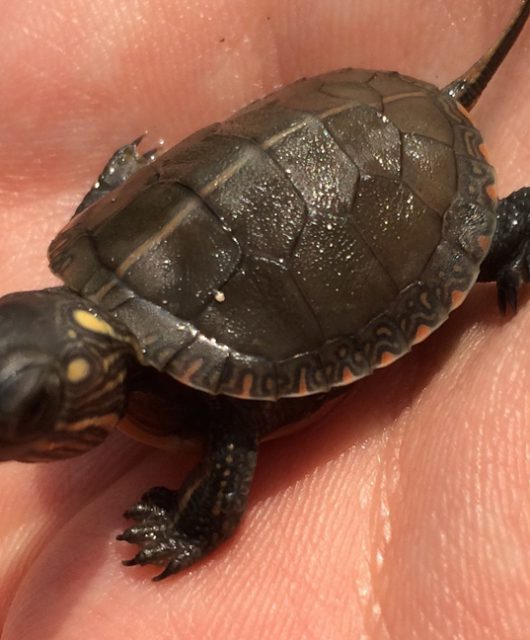
1 comment